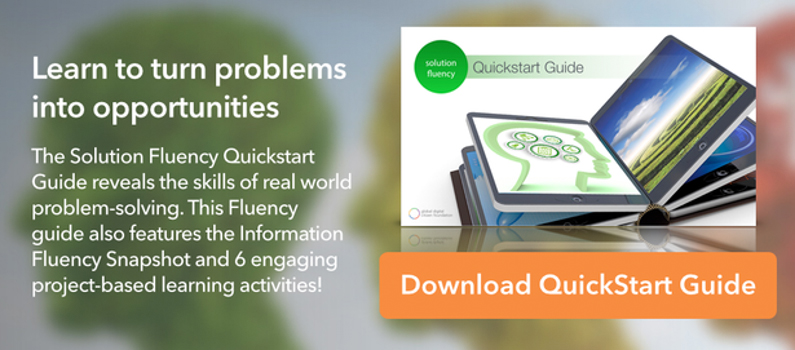How to Constructively Leverage Mistakes as Part of Your Teaching Strategy
Students are not perfect, and we spend much of our time correcting their mistakes. Our challenge is in correcting these mistakes in a useful rather than in a discouraging manner. Fortunately, as Dr. Richard Curwin argues cogently in his recent Edutopia blog post. There are ways that we can structure our classrooms and change how we view and talk about mistakes that will actually encourage learning. Here are a few ways to do just that.
Create a De-Stigmatized Learning Environment
In a supportive classroom, mistakes should be viewed as teachable moments. You can do that simply by encouraging students to explore why they reach their solutions, whether for math equations, literature interpretations, or anything in between. Turn a red X on an assignment into an opportunity for one-on-one tutoring. Offer students the chance to correct missed homework and test questions. Guide discussion to encourage students to think deeper. Resist the urge to tell students when they are wrong; instead, ask them to explain their answer. This will help you better understand their viewpoint, and it will encourage them to think critically about their responses.
Viewing mistakes as opportunities encourages growth, creativity, and free expression among students. In fact, it’s a great way to foster critical thinking skills!
Work Alongside Students to Help Them Find a New Solution
If it takes a village to raise a child, it takes a classroom to encourage one. Viewing students as right or wrong, an A student or an F student, ignores the root of their mistakes and hinders learning. It also entrenches our own mistakes in teaching. I have learned that if most of the class doesn’t understand a concept, it’s because I didn’t teach it well. I could simply denounce their responses, or I could work alongside them to improve their understanding as well as learn to improve the lesson the next time I teach it.
If students demonstrate that they do not understand a concept, work closely with them to help them reach the level at which they need to be to master the course or grade level. Rather than saying, “You got this wrong. You are obviously not getting this,” say, “It looks like you’re struggling with this. Let’s sit down together and figure out why.”
The first time that you ask students to show you gaps in their understanding will be difficult, but they’ll be much more motivated to improve when they feel like you are on their team. In fact, provided you are committed to real change and learning, students will become more vocal with their concerns as the semester or school year progresses.
Foster Student-Student Bonds
Working alongside students to help them achieve success is not limited to the student-teacher relationship; it can also extend to the student-student relationship. Advocates of peer learning indicate that forming a community of students enables them to play off each other’s strengths and weaknesses. Students learn more from their peers because they speak the same language. They have also passed from not understanding to understanding much more recently than we have.
In a supportive classroom, mistakes should be viewed as teachable moments.
Because we set the tone for the classroom, it is our responsibility to engender trust and an attitude that mistakes are catalysts for positive change. At the beginning of the year, create icebreaker activities and group work that fosters a sense of classroom community. Grouping students at varying academic levels or with varying strengths demonstrates how each member can contribute his or her talents to one another. Groups also create small “families” who will naturally look out for one another’s success.
Put Emphasis on a Growth Mindset
In another Edutopia blog post, Alina Tugend describes many of us as “victims of excellence,” or people that associate failure and mistakes with self-worth. This represents a fixed mindset, in which people deemed failures never change. Conversely, a growth mindset recognizes mistakes as part of the learning process and encourages improvement. Despite the fixed mindset’s stronghold on our academic culture, we can lead our classrooms with a growth mindset.
First, think about the language with which you describe students. No student is an utter failure; each has unique strengths and is inevitably doing something right at any given moment. Labeling a student as a hard worker, for instance, reinforces positive thoughts and encourages them to try harder. As Tugend reports, a study in New York City found students labeled “hard working” pushed themselves more to succeed than their “good student” counterparts.
Wrapping Up
Mistakes are motivation to do better. Demonstrating their unique value to each student instead of focusing on the negative sends the clear message to students that they are capable of so much more. Not every student will be an A student or excel in our subject matter. But it can’t hurt for them to try. With our help, we can encourage students to shift their thinking about mistakes and instead view them as opportunities for learning.

